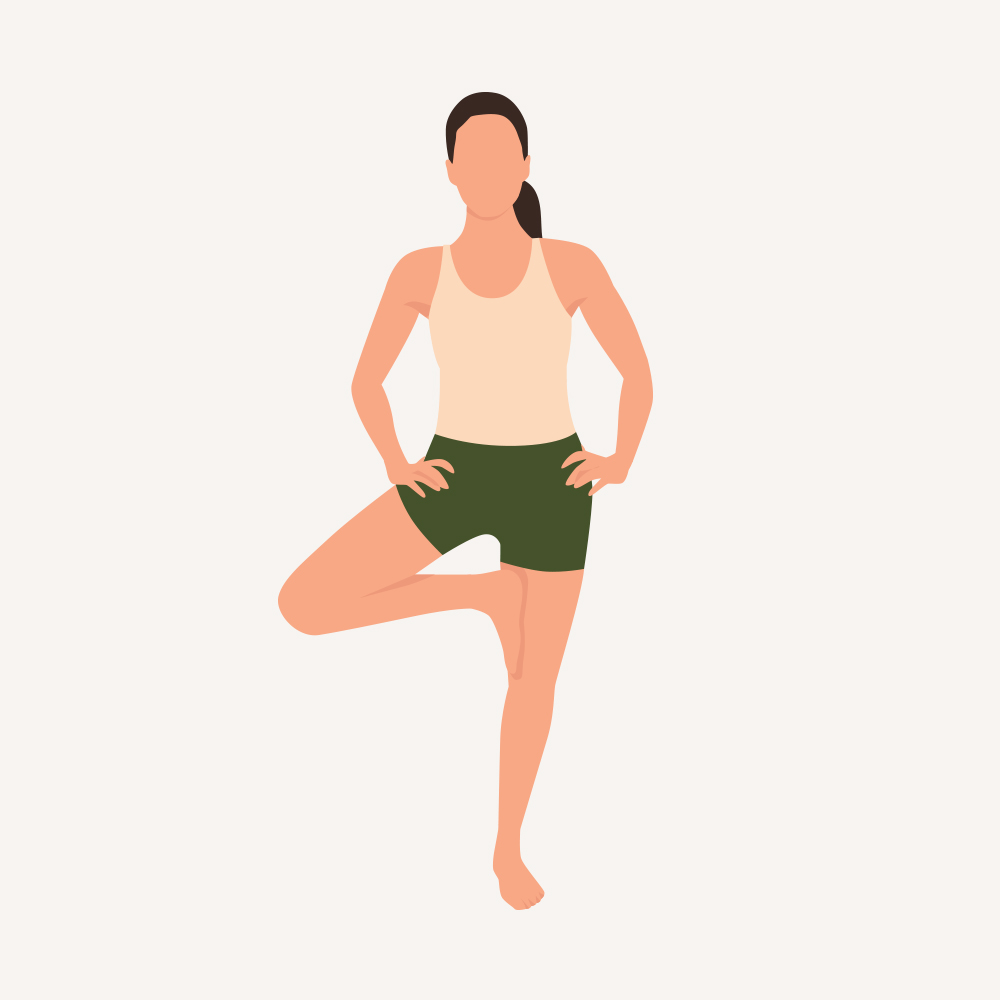Good balance plays an important role in overall fitness and everyday activities. Almost every move you make requires some degree of balance. Strong balance reduces the risk of instability, falls, and injuries – in activities of daily living, as well as athletic pursuits; in the young and the old. For example, poor balance is linked to a higher risk of falling in older people, while in athletes it is associated with an increased risk of injuries such as muscle, tendon and ligament sprains.12
Why Do the Balance Test?
While it doesn’t look like a balancing exercise, running, like most activities and workouts requires good balance. Running can be boiled down to a graceful, one-foot balancing exercise. It essentially involves remaining stable while continuously jumping from one foot onto the other, with quick changes in direction to dodge obstacles, if you’re running outdoors. Hiking, walking, skiing, kayaking, tennis, strength training – almost any activity you can think of requires it.
Balance is key for good postural alignment, overall movement function and helps with general coordination and in preventing falls. Good balance helps you to do physical activities stronger, with good form, and injury free, which can help you reap better results. Research shows that balance tends to decline with age unless you actively work on it.3
Whether you are able for hold a one-legged stance for 10 seconds could be an overall indicator of health. According to recent research in middle-aged and older adults, the inability to do so, is associated with an 84% increase in risk of death over the next seven years.4
How to Perform the Test
Instructions
Name: Stork Test
What it tests: Static Balance
Equipment: Stopwatch; flat, non-slip surface
- Stand on a non-slip surface such as an exercise mat or carpet.
- Remove your shoes and then stand on one leg with your free foot placed against the inside of your calf/knee and your hands on your hips. Rise up onto the ball of your foot.
- Hold this position for as long as possible.
- Stop the clock at the point when your hand comes off the hips; your foot loses contact with your knee; your supporting foot swivels, hops, or the heel comes off the floor.
Safety: Have something to hold on to or perform this test with a spotter. If you feel pain, dizziness, or otherwise unwell stop the test.
Go to the fitness test guide for more.
You have three attempts to perform the test. Your score is the best of the three attempts.
Results
Balance Test Scores
Compare your time in seconds to the norms in the chart below.5Score EXCELLENT >50 GOOD 40-50 AVERAGE 25-39 FAIR 10-24 POOR < 10
Next Steps
How to Improve Balance
A strong core (your balance center) and a strong body generally help improve posture and stability. Strength training, Tai Chi, and yoga are great ways to increase stability.67
Any moves that challenge your center of gravity help improve balance. Balanced-based moves which involve standing on one leg (e.g. single-leg deadlift, heel-to-toe walk) challenge and improve balance, and are easily incorporated in any workout. You can also make use of unstable surfaces, such as the stability ball, BOSU ball or rolled up towel.
Whatever your age, goal or level of fitness, it’s a good idea to include some balance training moves into your workouts (or warm-up) for a balanced workout regimen.


